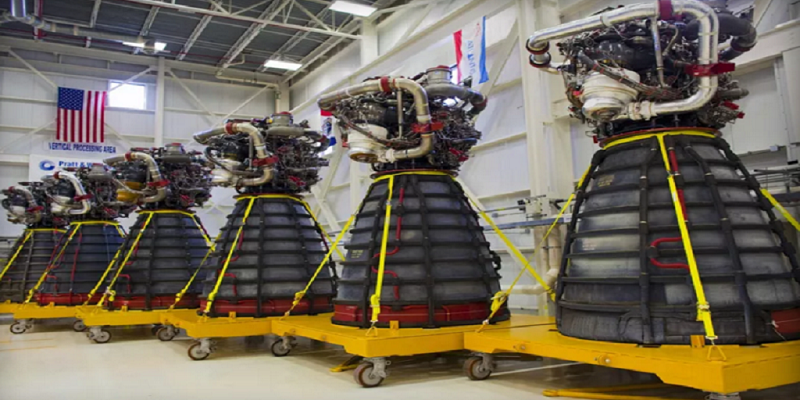Aerojet Rocketdyne has a long history with NASA. The aerospace and defense company has been supplying the agency with engines and rocket launchers since the early days of space travel; Aerojet’s RS-25 engine has the proud distinction of having been used to power all 135 Space Shuttle flights since its first mission in 1981. The RS-25, also known as the Space Shuttle Main Engine, may soon acquire a new title: the Space Launch System Engine. NASA’s new mission, which ultimately should bring humans to Mars, is well underway, and they’ve just awarded Aerojet Rocketdyne a $1.6 billion contract to continue to supply them with a steady stream of RS-25 launchers for the next decade.
The Space Launch System (SLS) is the next step up from the Space Shuttle, and it’s been given an impressive list of missions for the next two decades. It will take humans deeper into space than they’ve ever been before, with an ultimate goal of bringing a crew to the surface of Mars sometime in the 2030s. An Orion crew capsule is expected to be launched into lunar orbit in 2020. Needless to say, the SLS is going to need a lot of engines, and so the reliable RS-25 was the obvious choice.
There’s still a long road ahead. The first SLS has not yet been built, and its first test flight is not scheduled until 2018. NASA has not yet made any official bulk orders for the RS-25 engines, but the contract includes one order, and the plans for the SLS indicate that there will be many more in the future. It’ll be a while before we can finally see, firsthand, if there is life on Mars, but we’re closer now than we’ve ever been before.

